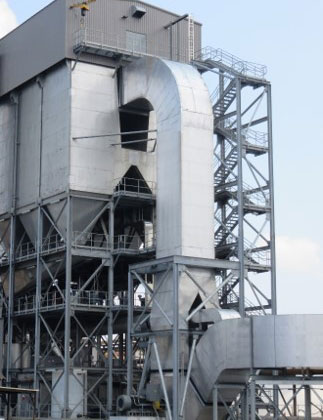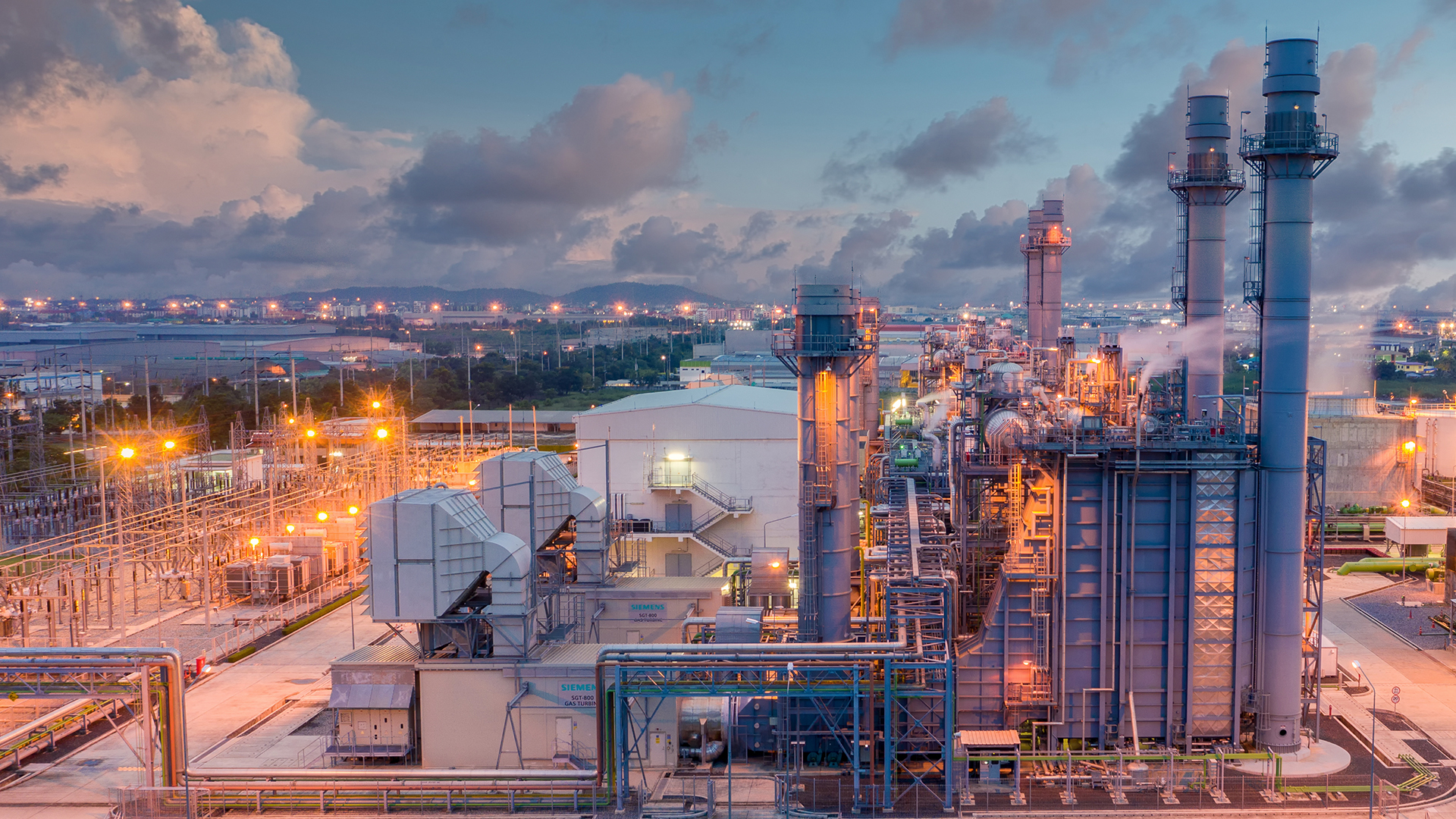Introduction Into Baghouse Sizing Calculations
The dirty process gas coming from your facility can be captured and cleaned before it is sent out to the atmosphere by installing a baghouse nearby and routing the gas to it. A baghouse can be up to 99% efficient when properly sized to accommodate the dust loading and volume of the process gas. How do we know if the baghouse is properly sized? How do we know if the baghouse can handle the CFM coming in and be effective? To answer these questions, we must first understand terms like air-to-cloth ratio and can velocity, as well as know how they impact the system.

Sizing Considerations
Air-to-cloth (A/C) ratio is the total volume of air/gas that the filter can handle. It is the ratio of gas flow to total bag filtration area. The A/C is important because an air-to-cloth ratio that is too high can cause bag blinding, high pressure drops, low cleaning/collection efficiency, and premature bag deterioration. However, having too low of an air-to-cloth ratio, while it does not have a negative impact on the design of the unit, can impact the size and ultimately add unnecessary cost to the baghouse.
Can velocity, on the other hand, is the velocity at which the gas travels upwards across the cross section of the baghouse. Having a low enough velocity is essential in preventing the dust from remaining in a fluidized state, avoiding capture for removal. If too high, the dust that is being pulsed from the bags during cleaning will not fall into the hopper, but instead will get re-entrained in the gas and be carried back to the bag surface. This results in high pressure drop and premature bag deterioration.
Having the can velocity and A/C ratios known based on industry standards and experience, the baghouse can be sized to provide the best filtration in the most cost-effective way. Let us say you are working in the cement industry and you have a baghouse installed that cleans the gas before sending it off to the stack. Using an A/C ratio of 3.28:1 and the total cloth area (calculated by multiplying the bag filtration area by the number of modules and bags within that module), you can calculate how much flow the baghouse was designed to handle.
Example:
A/C ratio = 3.28 ft/min
Number of modules: 8
Number of bags per module: 285
Filtration area per bag: 39.81 ft2
Total cloth area = ~ 90,767 ft2
Total CFM = ~ 297,716 ft3/min
Low flow can cause dust buildup in the ductwork leading to the baghouse, eventually choking off the flow to the system and limiting the cleaning of the air or causing the duct to eventually structurally collapse. High flow, on the other hand, can mean high velocity which leads to erosion of the ductwork or inefficient cleaning of the dirty gas.
Conclusion
Baghouse design is a delicate play between engineering and art. Knowing information like process conditions, dust properties, and footprint available can significantly help LDX Solutions to provide the right product for your needs.
For more information on a baghouse design that is right for your operation, contact our team today..

